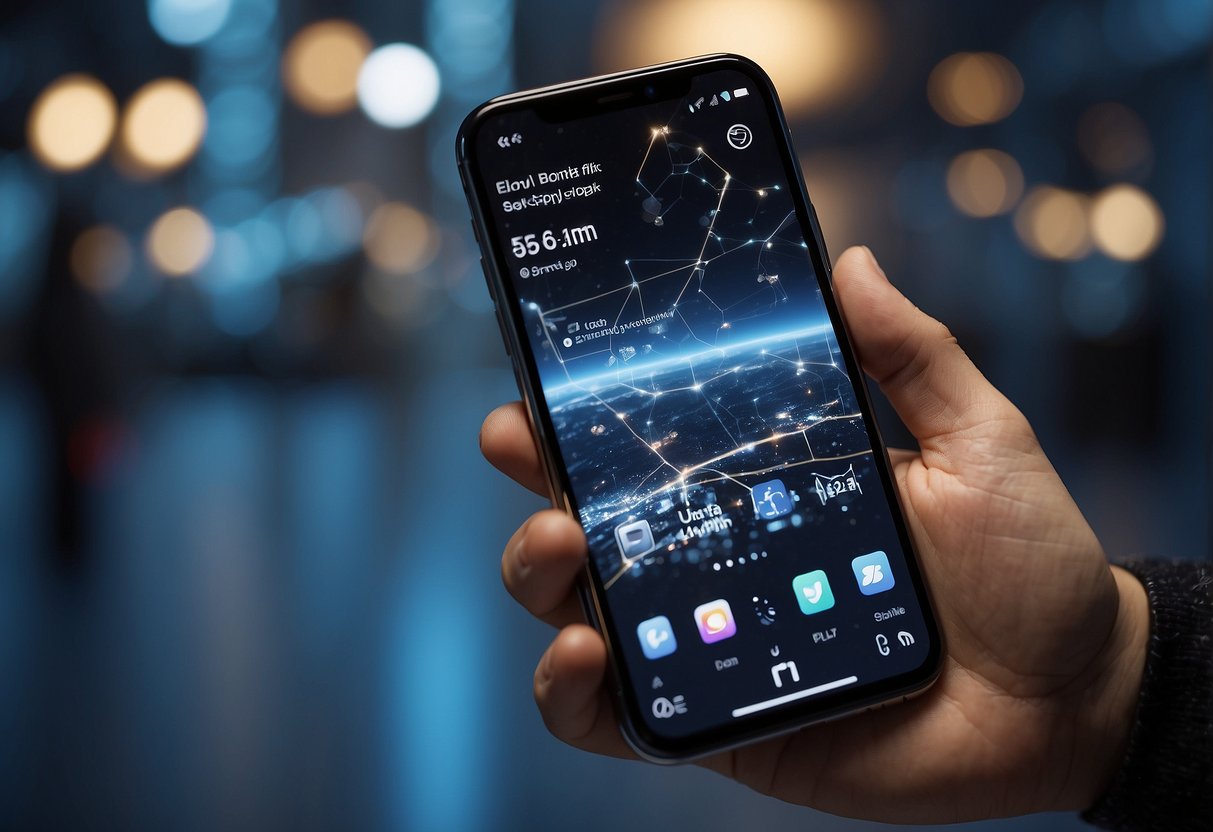
5G Adoption and Consumer Impact
As 5G technology expands, its effects on consumers are becoming increasingly evident. Key aspects include its widespread global rollout and how it enhances user experiences.
Global Rollout and Accessibility
The adoption of 5G varies significantly worldwide, with major cities in developed countries often experiencing quicker deployment. Europe, the United States, and parts of Asia have made significant strides in 5G infrastructure.
Emerging markets face challenges, including infrastructure costs and regulatory hurdles. Nonetheless, there is a growing demand in these regions, promising broader coverage over time. Affordability and accessibility remain critical for ensuring widespread adoption, pushing service providers to consider various consumer needs.
Additionally, the speed of 5G rollout impacts the technology’s accessibility. Faster deployment means quicker integration into daily use, altering how consumers interact with technology. The forecast suggests a sharp increase in 5G-enabled devices, making the network more accessible to a global audience.
The User Experience in a 5G World
The consumer experience is set to transform with 5G’s high-speed and low-latency capabilities. Enhanced mobile broadband enables faster downloads, seamless streaming, and improved real-time communication.
5G also paves the way for innovations like augmented reality (AR) and virtual reality (VR), which require high data transfer rates and minimal delay. These technologies can enrich entertainment, education, and professional applications.
Moreover, the capacity of 5G networks supports more connected devices, crucial for the Internet of Things (IoT). This development means smarter homes and cities, contributing to more efficient and interconnected daily lives. For consumers, this translates to greater convenience and new functionalities, enhancing overall digital experiences.
The Future of 5G and Beyond
As 5G continues to mature, it is set to revolutionize various industries and pave the way for new technologies and trends. The next decade will see significant advancements, innovations, and a clearer forecast of the future landscape shaped by 5G.
Envisioning the Next Decade
In the coming years, 5G will likely become a fundamental pillar of the digital economy. Integrating 5G with other technologies like AI and IoT will be crucial. Such integrations will drive smart cities, autonomous vehicles, and advanced healthcare systems, making everyday life more interconnected and intelligent.
The deployment of 5G networks by major carriers is expected to expand, reaching rural and underserved areas. This widespread adoption will not only enhance mobile connectivity but also boost productivity and innovation across different sectors. According to Gartner, enhanced mobile broadband and ultra-reliable low-latency communications will be key drivers of this transformation.
Emerging Trends and Forecast
Several emerging trends point to a future dominated by more sophisticated and capable 5G networks. Private 5G networks will become more common, enabling industries to have tailored connectivity solutions for specific needs. This shift will empower sectors like manufacturing and logistics with reliable and secure communication channels.
Innovations in the healthcare sector, including remote surgeries and real-time patient monitoring, will be driven by 5G’s low latency. Additionally, the entertainment industry will benefit from augmented and virtual reality experiences with seamless data transmission. Gartner predicts that by 2030, 5G could generate trillions of dollars in economic output, underscoring its massive potential.
Increased collaboration among tech companies and continuous investment in research and development will be crucial for achieving these advancements. The forecast indicates that future iterations of 5G and its successors will continue to push the boundaries of what mobile technology can offer.